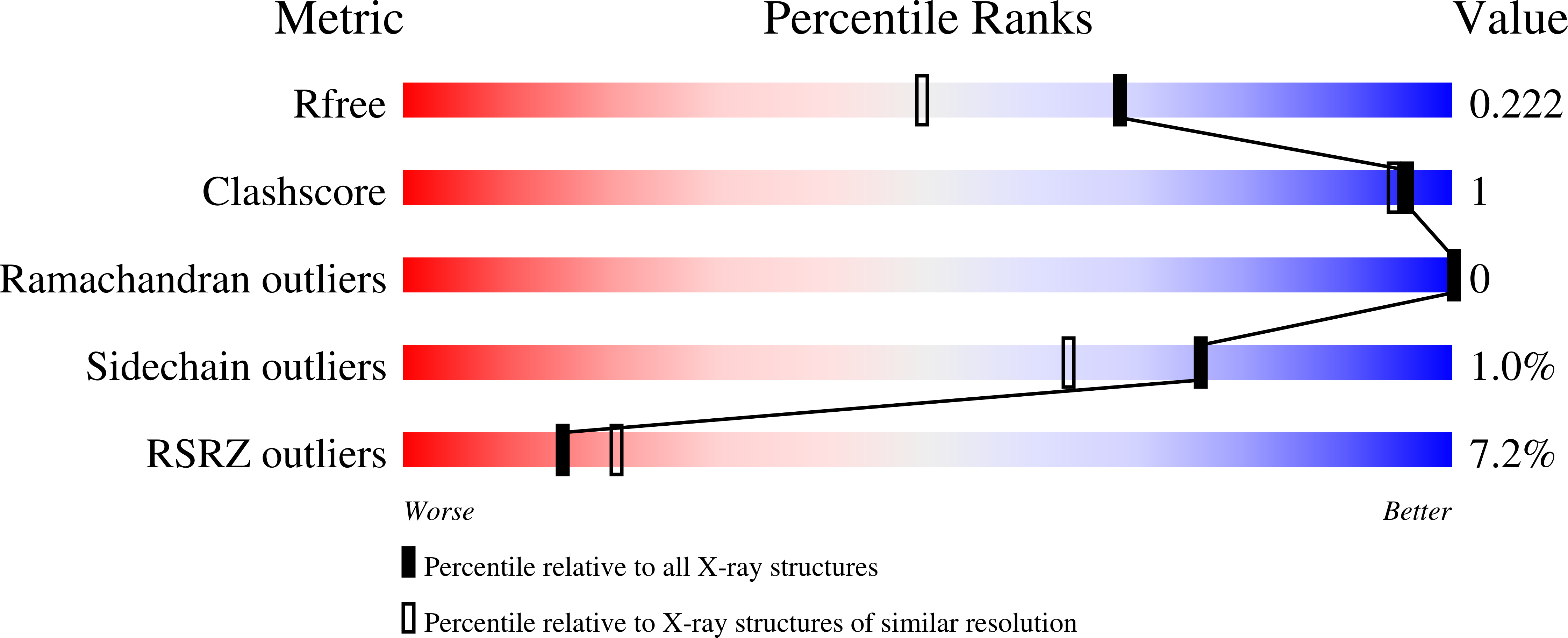
Deposition Date
2023-08-16
Release Date
2024-08-28
Last Version Date
2024-11-13
Entry Detail
PDB ID:
8Q7O
Keywords:
Title:
Crystal structure of the FZD3 cysteine-rich domain in complex with a nanobody (14478)
Biological Source:
Source Organism:
Lama glama (Taxon ID: 9844)
Homo sapiens (Taxon ID: 9606)
Homo sapiens (Taxon ID: 9606)
Host Organism:
Method Details:
Experimental Method:
Resolution:
1.76 Å
R-Value Free:
0.22
R-Value Work:
0.21
R-Value Observed:
0.21
Space Group:
C 2 2 21


